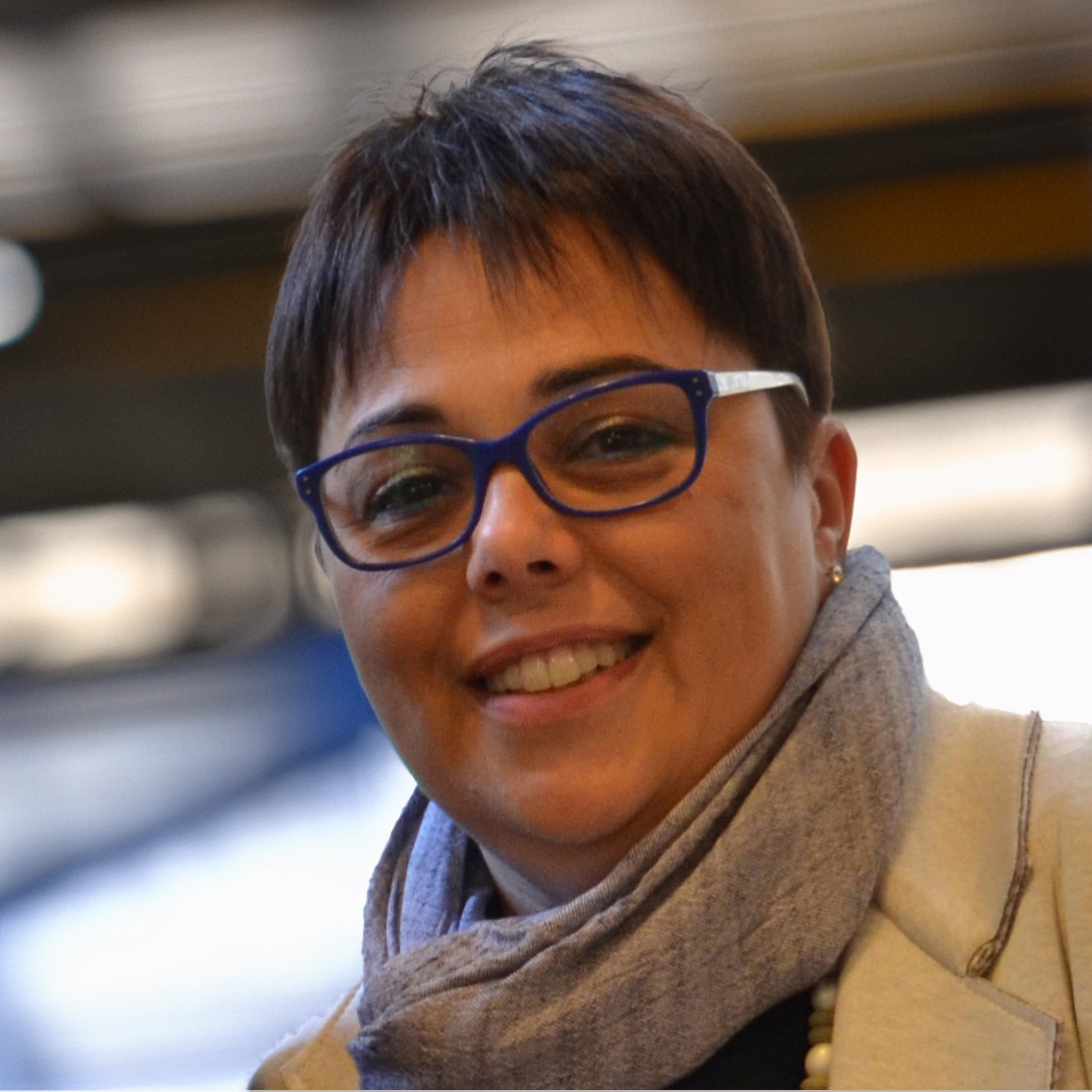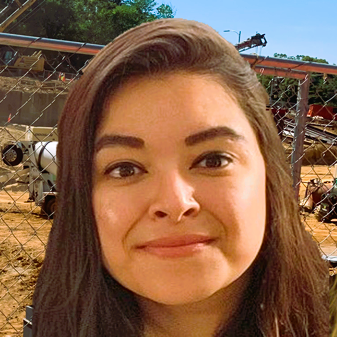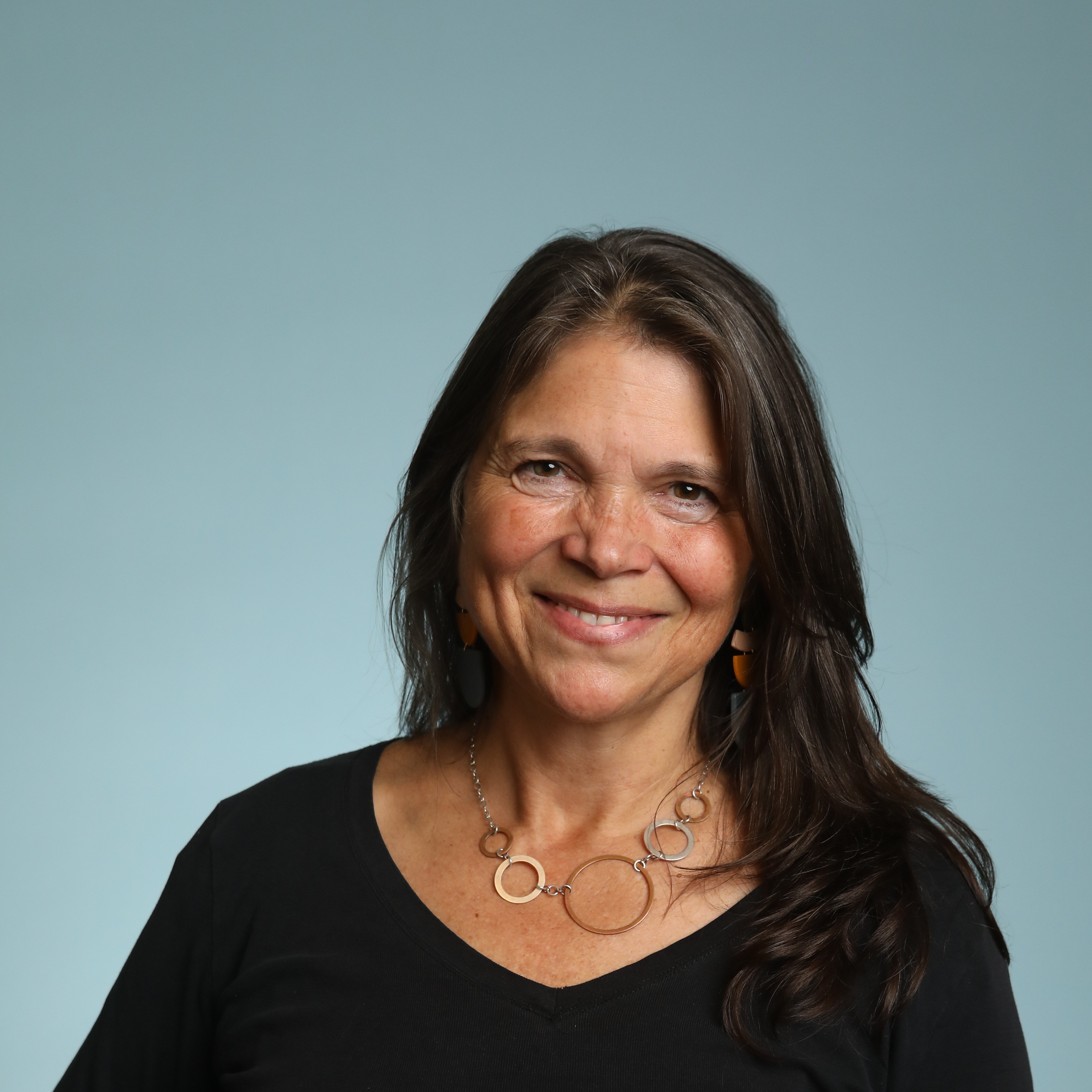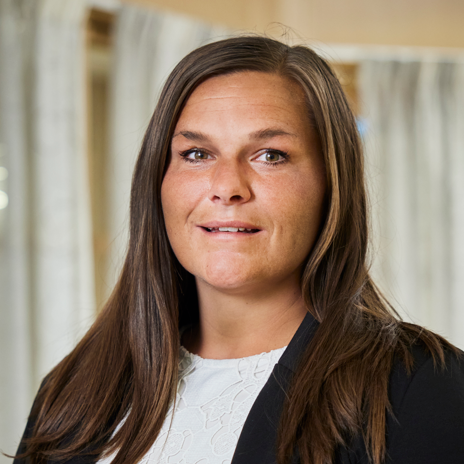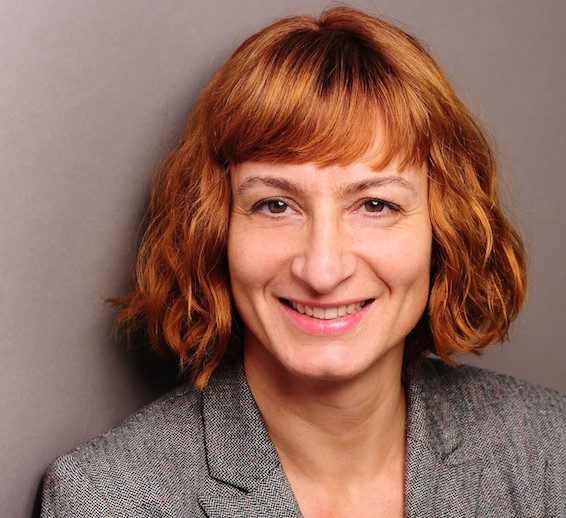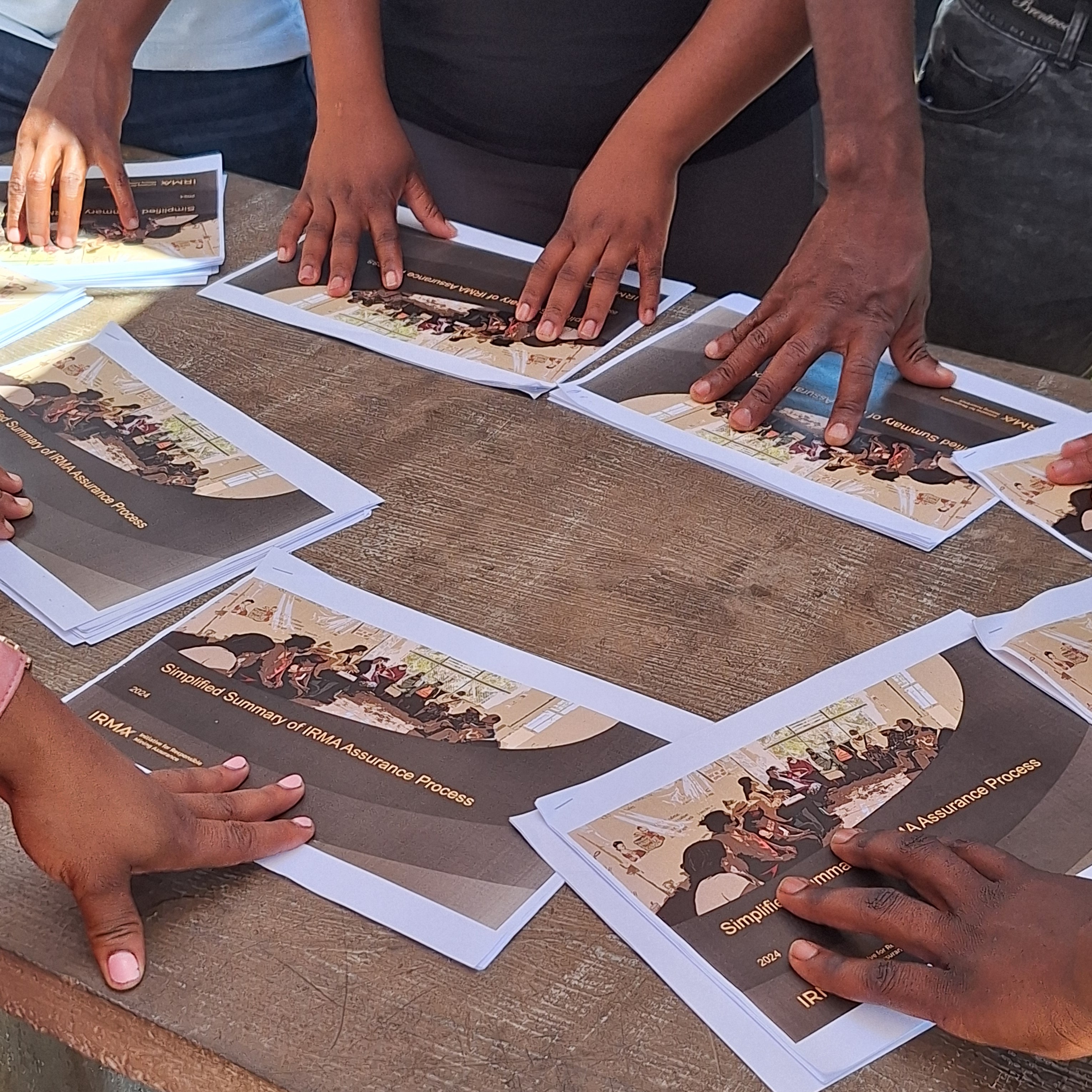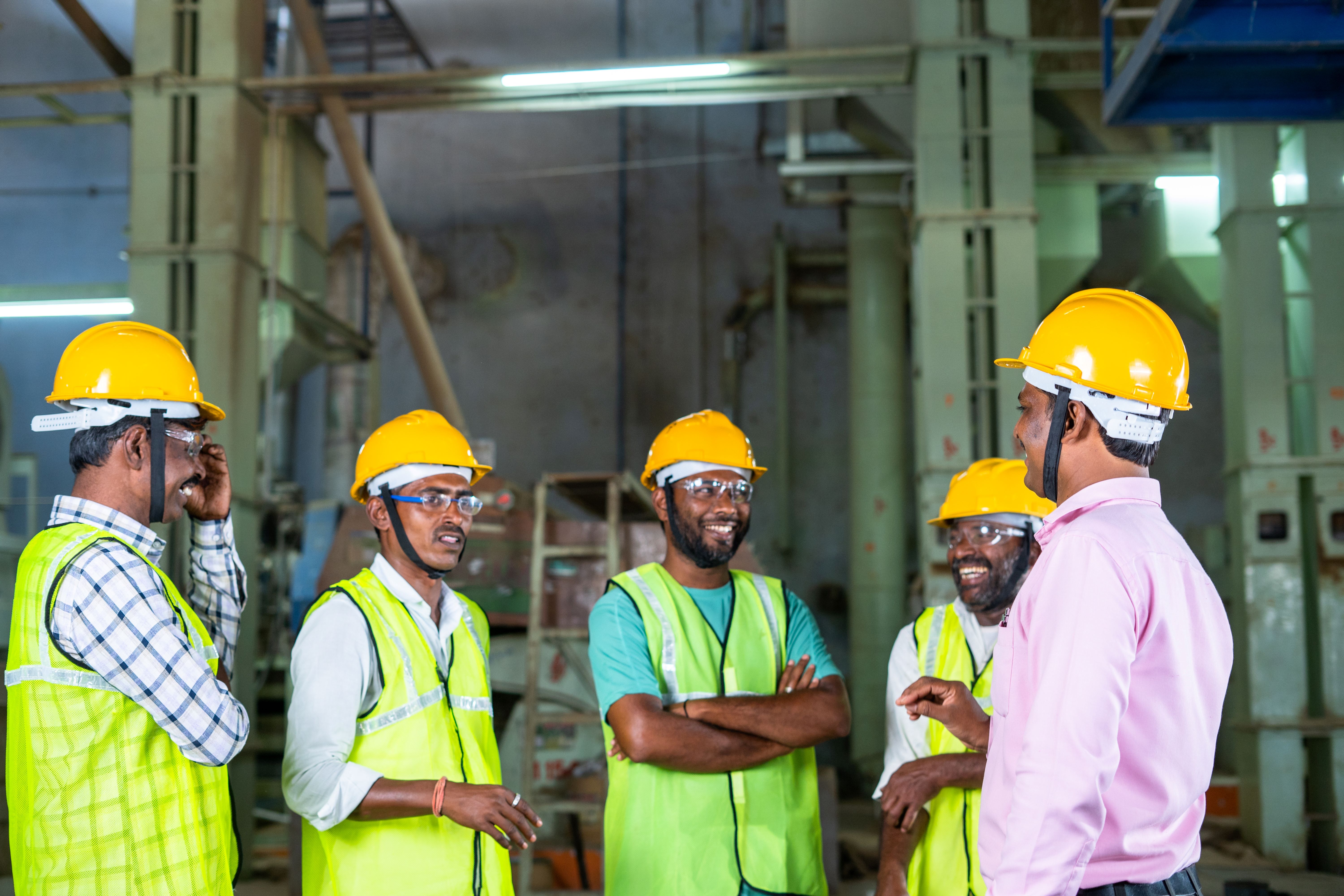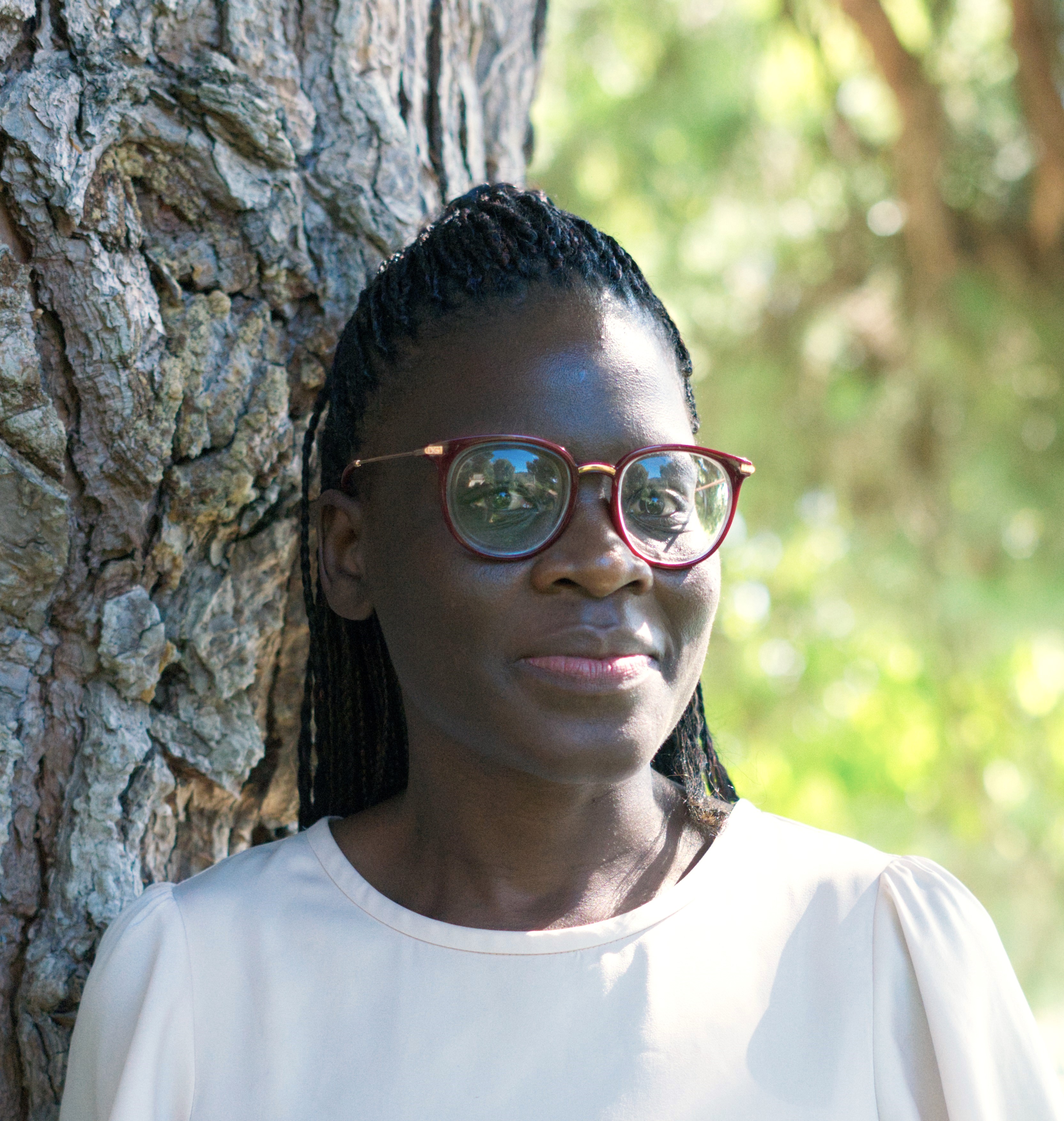

Update on new ResponsibleSteel™ Working Groups
ResponsibleSteel is convening three new Working Groups on Greenhouse Gas Emissions, Raw Materials and Steel Product Claims. Participants are being invited to join the Working Groups, with initial briefings starting in March.
The Working Groups Terms of Reference are:
1. Greenhouse Gas Emissions (GHG)
• To agree a standard to measure and report the GHG emissions intensity for crude steel production consistently for all steel producers, as the basis for subsequent claims about the GHG emissions associated with ResponsibleSteel certified steel products.
• To agree one or more performance levels in relation to the GHG emissions intensity of steel production that will need to be met in order to make claims about the ResponsibleSteel certified status of steel products.
2. Raw Materials
• To agree the criteria for recognition of mine level assurance programmes by ResponsibleSteel.
• To agree the requirements to be met for the sourcing of the raw materials for steelmaking, in order to make claims about the ResponsibleSteel certified status of steel products.
• To agree one or more performance levels in relation to raw material sourcing, that will need to be met in order to make claims about the ResponsibleSteel certified status of steel products.
3. Steel Product Claims
• To agree the framework for making claims about the ResponsibleSteel certified status of steel products, that will drive the greatest improvements in social and environmental performance related to the sourcing and production of steel.
Photo credit: worldsteel image library


ResponsibleSteel™ Members Meeting to be held on 25-26 June 2020 in Europe
Save the Dates – 2020 Working Group Meetings and 2020 Members Meeting
ResponsibleSteel Members and Associate Members are invited to a Members Meeting on 25-26 June 2020. The meeting will take place in Europe, with the location to be confirmed.
Working Groups on raw materials, greenhouse gases, and steel product claims will meet in person on 22 and 23 April, and then again on 24 June immediately prior to the Members Meeting itself. A further meeting is expected to take place in September, with the date to be confirmed. More information on the working group schedule and participation will be circulated shortly.
The 2020 ResponsibleSteel Members Meeting will take place on 25 and 26 June. The programme will cover more technical issues on the 25 June, including discussion of the draft standard for Steel Product Claims. The programme for the 26 June will include review of ResponsibleSteel’s revised constitution.
Please save the dates in your diaries. More details, including locations, will be communicated in due course.
Photo credit: worldsteel image library


Applications invited for certification bodies and auditors for ResponsibleSteel™ Standard
Following the launch of the ResponsibleSteel Standard, the world’s first international, multi-stakeholder standard for responsible production for steel making and processing, ResponsibleSteel is pleased to introduce the next steps to support implementation of the Standard.
Assurance Manual: Primarily for certification bodies and their auditors, the Assurance Manual covers topics such as eligibility to assess sites against the Standard, assessing conformity and issuing certification. It can be found here (https://www.responsiblesteel.org/certification/)
Implementation Instructions and guide ‘ResponsibleSteel Certification for Sites’: These tools must be used by companies seeking to conform to the Standard, and by auditors verifying performance, and can be found here (https://www.responsiblesteel.org/certification/).
Applying to be an approved certification body and auditor: Certification bodies and auditors that meet the requirements described in the Assurance Manual can now apply to assess and certify sites against the Standard. To apply, complete the application form in the Assurance Manual, and send it together with the requested documentation to assurance@responsiblesteel.org. Certification bodies will also need to transfer a fee to ResponsibleSteel. The application will be reviewed and, if successful, the certification body will be approved. Auditors will be approved only after participation in a training workshop (see below).
Auditor training: Participation in a training workshop is mandatory for auditors to become approved. The next auditor training workshops will be held on 11-13 February 2020 and 30 March-1 April 2020 at the DNV GL office, Stamford Street, London. We invite auditors to apply for approval (see above) and to register for a training workshop by sending an email with their preferred workshop date to assurance@responsiblesteel.org. Places are limited to auditors associated with certification bodies that intend to seek approval to be an approved certification body for the Standard and become an Associate Member. The deadline for registering for the February session is 28 January, and the deadline for the March session is 16 March.
Photo credit: WorldSteel library


ResponsibleSteel™ Introduces the ResponsibleSteel Programme in China with CBMM
ResponsibleSteel held its first meeting in Asia, on 10th December 2019, in association with CBMM and presented its Standard for the sustainable sourcing and production of steel.
As the world’s largest steel producer, representing 38% of global output, China will play a central role in the evolution of the global steel industry. The meeting provided a first opportunity for participants to learn about ResponsibleSteel and how its Standard can support a sustainable global steel industry.
The ResponsibleSteel Standard was approved in November, and the first certificates are expected to be issued next year. The world’s largest materials industry, the steel sector generates a turnover of 1 trillion US dollars and accounts for between 7% and 9% of direct emissions from the global use of fossil fuel. A key goal of the new Standard is to support the transition to lower emissions, in support of the Paris Agreement on climate change.
CBMM is the world’s leading supplier of niobium and niobium technologies to the steel and other industries. Niobium alloying makes stronger and more formable steels that enable the production of lighter and safer cars, taller wind towers, higher skyscrapers and safer energy infrastructure amongst other things. Use of niobium containing steels also creates direct environmental benefits as it reduces emissions in all phases of production and use.
To learn more about Niobium, visit: Niobium.tech
Matthew Wenban-Smith, Executive Director at ResponsibleSteel, commented: “ResponsibleSteel developed its Standard through a process of discussion and collaboration with stakeholders from across the steel supply chain and around the world. We are delighted to have met with a number of important players in the Chinese steel industry today and we will incorporate their valuable feedback as the Standard continues to evolve over the coming years.”
Photo credit: Chrion Zhao


Harsco Environmental joins ResponsibleSteel™
ResponsibleSteel welcomes Harsco Environmental as a new Member. Harsco Environmental recovers and recycles metal, and repurposes by-products into value-added eco products.
At over 145 sites in more than 30 countries, Harsco Environmental is Making a World of Difference™ for customers across the globe. Harsco is committed to leading the industry into a more sustainable future. The company delivers environmental products and services to help its customers transition to low carbon and circular economies.
Through its shift in focus toward an environmental platform, Harsco now views every customer’s need through the lens of sustainability. In pursuing its own environmental goals, Harsco in turn aims to help its customers meet theirs, through innovative and highly-effective by-product management and mitigation solutions.
Cope Willis, Vice President, Harsco Sustainability and Environmental Solutions, said: “We are pleased to join ResponsibleSteel and to have the opportunity to partner with our global steel customers and other key stakeholders to support the implementation of sustainability standards for steel production. This collaboration is another step in Harsco’s continuing efforts to lead the steel industry into a more sustainable future.”
Matthew Wenban-Smith, Executive Director of ResponsibleSteel, said: “Harsco Environmental is a great addition to our membership, and we welcome its focus on helping customers transition to low carbon and circular economies.”


Forum II builds momentum for responsible steel production
Over 100 people involved in the global steel supply chain gathered at ResponsibleSteel’s Forum II, to collaborate on finding solutions to the challenges currently facing the steel industry.
The event was hosted by ResponsibleSteel Founding Member BlueScope Steel in Wollongong, Australia, from 1-3 December. It included the official launch of the ResponsibleSteel Standard, the world’s first international, multi-stakeholder standard for responsible production for steel making and processing. Steel companies from Europe and Australia publicly committed to having their sites certified, with some as early as the first half of 2020.
There are now over 50 Members of ResponsibleSteel, with a good representation across industry and civil society. At the Forum, ResponsibleSteel welcomed new Members Anglo American, Carport, Clean Air Task Force, Harsco and Lendlease, and new Associate Members ACRS (Australasian Certification Authority for Reinforcing and Structural Steels certification), GUTcert GmbH, HERA (Heavy Engineering Research Association), RTQMS (Real Time Quality Management Services), Sustainable Steel Council, and United Certification Systems.
Of significant note is the first construction organisation – Lendlease, an international property and infrastructure group – which called on its peers, clients and competitors to follow suit and join ResponsibleSteel, and mining company – Anglo American – which has committed to assess all of its operations against rigorous third party certification processes.
ResponsibleSteel was honoured to have Edwin Basson, Director General of the World Steel Association (worldsteel), deliver the keynote address on the opening morning and participate in an open interview and Q&A session. In his speech, Edwin Basson recognised the unique and important role that ResponsibleSteel plays as the only global multi-stakeholder standard and certification initiative, and noted that the overall objectives of ResponsibleSteel align extremely well with those of worldsteel. In an interview with Matthew Wenban-Smith, Executive Director, ResponsibleSteel, areas of potential collaboration between the two organisations were discussed, with a commitment to outline priority activities in key geographies and specific issues for 2020.
Also present at Forum II were three existing mining standards certification bodies – IRMA, MAC TSM and Bettercoal. It was agreed that there should be increasing collaboration between ResponsibleSteel and these organisations to create effective ways of better linking with these programmes to drive value for miners, steelmakers and stakeholders.
As well as three days of discussions, panels and networking, many attendees took the opportunity to join a walking tour to see Australia’s only quench and temper steel manufacturing facility, at BlueScope Steel’s Port Kembla Steelworks.


Opportunity to participate in ResponsibleSteel™ Working Groups
The launch of the first ResponsibleSteel Standard was a major milestone on ResponsibleSteel’s journey. It marked the point at which steelmaking sites, as well as upstream and downstream processors, could start to prepare for certification. With the approval of the ResponsibleSteel Assurance Manual, and Implementation Instructions, the ResponsibleSteel programme will become operational.
But the ResponsibleSteel system is not complete. The first version of the Standard provides the basis for sites to claim that they are ResponsibleSteel certified. It does not provide them or their customers with the basis to make any claims relating to the social or environmental conformity of their steel products with ResponsibleSteel standards. ResponsibleSteel is convening three working groups to reach this next, critical stage in 2020.
One working group will focus on defining the requirements for the responsible sourcing of raw materials. What are ResponsibleSteel’s criteria for recognising mine-level assurance programmes? What procedures does a site have to have in place, and what level of performance does it have to meet, to ensure that its supplies of raw materials are responsibly sourced?
A second working group will define requirements related to the measurement and reporting of greenhouse gas (GHG) emissions intensity. Version 1.0 of the ResponsibleSteel Standard is essentially forward-looking, focussing on company- and site-level commitments and planning to reduce GHG emissions in line with the achievement of the goals of the Paris Agreement. But the ResponsibleSteel system needs to recognise and reward performance, as well as commitment. To do this requires that all ResponsibleSteel certified sites measure and report their GHG emissions intensity consistently, so that there is a level playing field for claims about their performance irrespective of the location of a site, or of the technology it uses. This will be a major focus of the ResponsibleSteel GHG Working Group.
The third working group will focus on the kinds of claims that certified sites should be able to make about the steel products they produce, ensuring that the needs of downstream users, including those from the automotive, infrastructure and construction sectors are met, and that demand for responsibly sourced, low-carbon steel rewards performance and supports the achievement of ResponsibleSteel’s mission: to maximise the steel sector’s contribution to a sustainable society.
The three working groups will be led and coordinated by the ResponsibleSteel Secretariat and overseen by the ResponsibleSteel Board Standards and Assurance Committee. Each working group will include both civil society and business representation, with around 12 people on each, selected to cover key stakeholder perspectives and interests. Agendas, papers and minutes will be circulated to a broader reference group, to expand the range and number of stakeholders who are able to contribute to the discussions. Draft proposals will be published for formal stakeholder review in line with the ResponsibleSteel Standard Development Procedures, before a formal membership vote is sought on any requirements for a new ResponsibleSteel Standard.
The working groups are expected to meet separately between February and May 2020, and then to meet together in a joint session in association with a ResponsibleSteel Members Meeting in June. More details will be published soon.
If you are interested in taking part in one or more working groups, and/or would like to be included on the broader reference group, please contact George Deslandes at gdeslandes@responsiblesteel.org as soon as possible, and by 15th January 2020 at the latest.
Photo credit: worldsteel image library

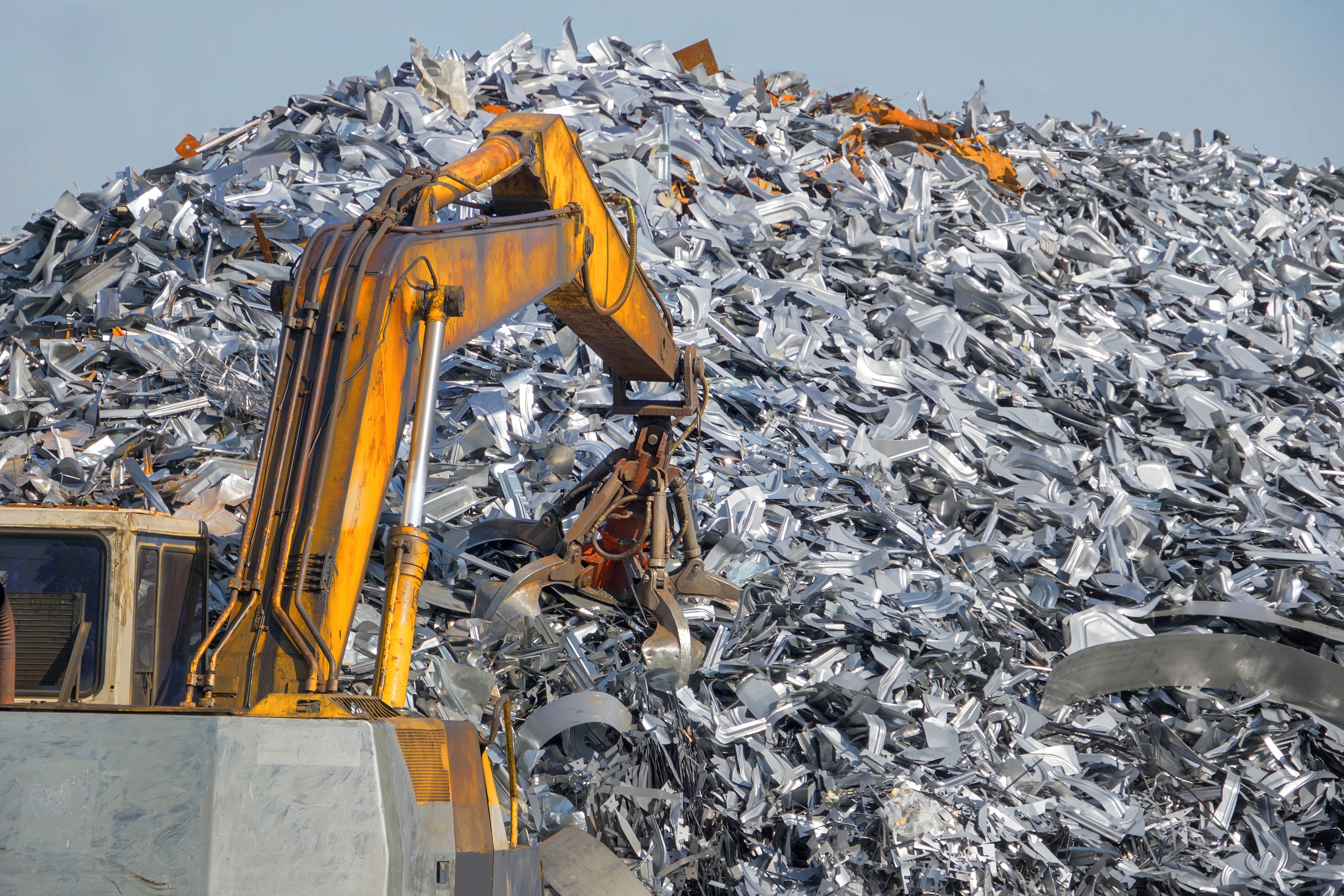

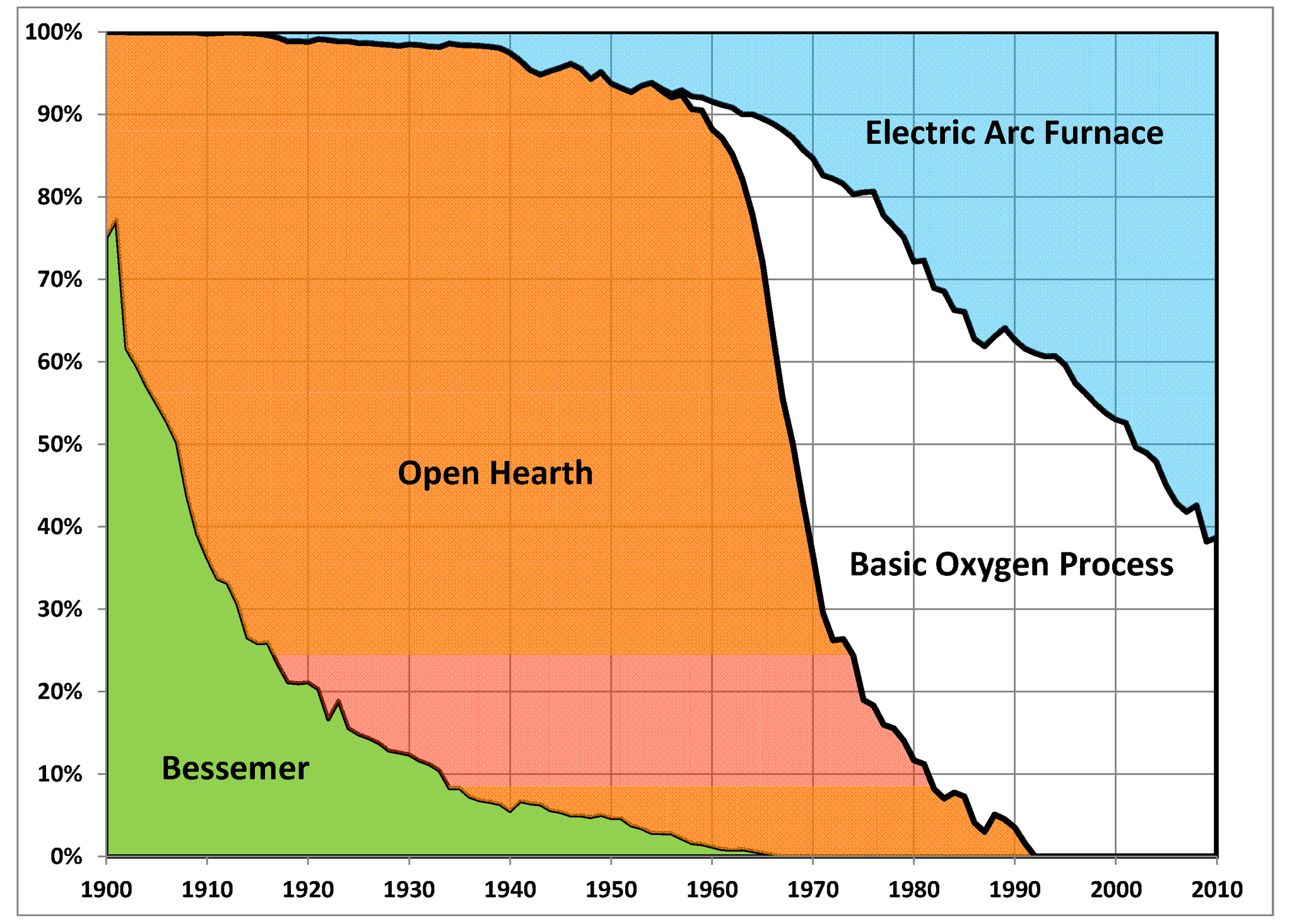
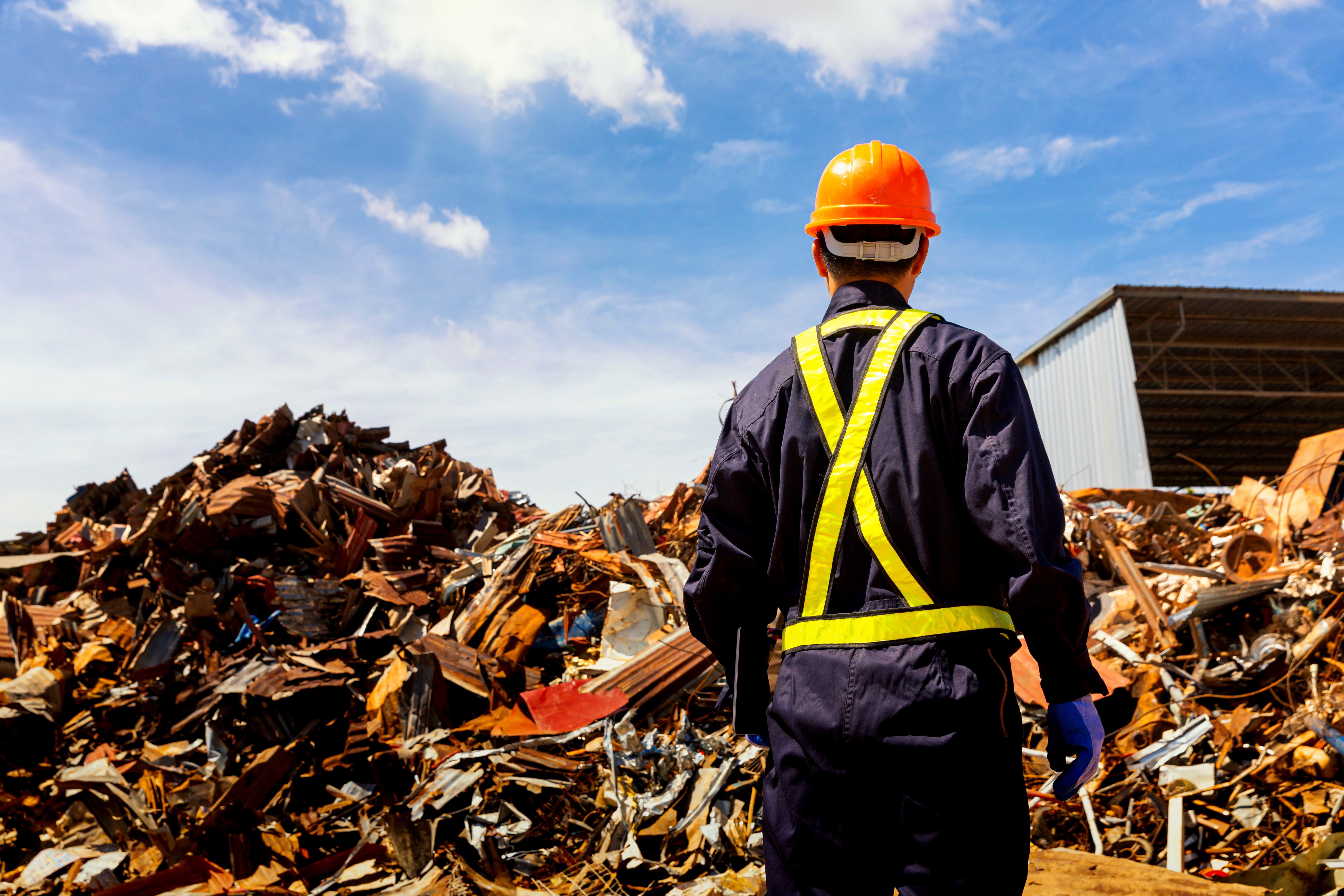
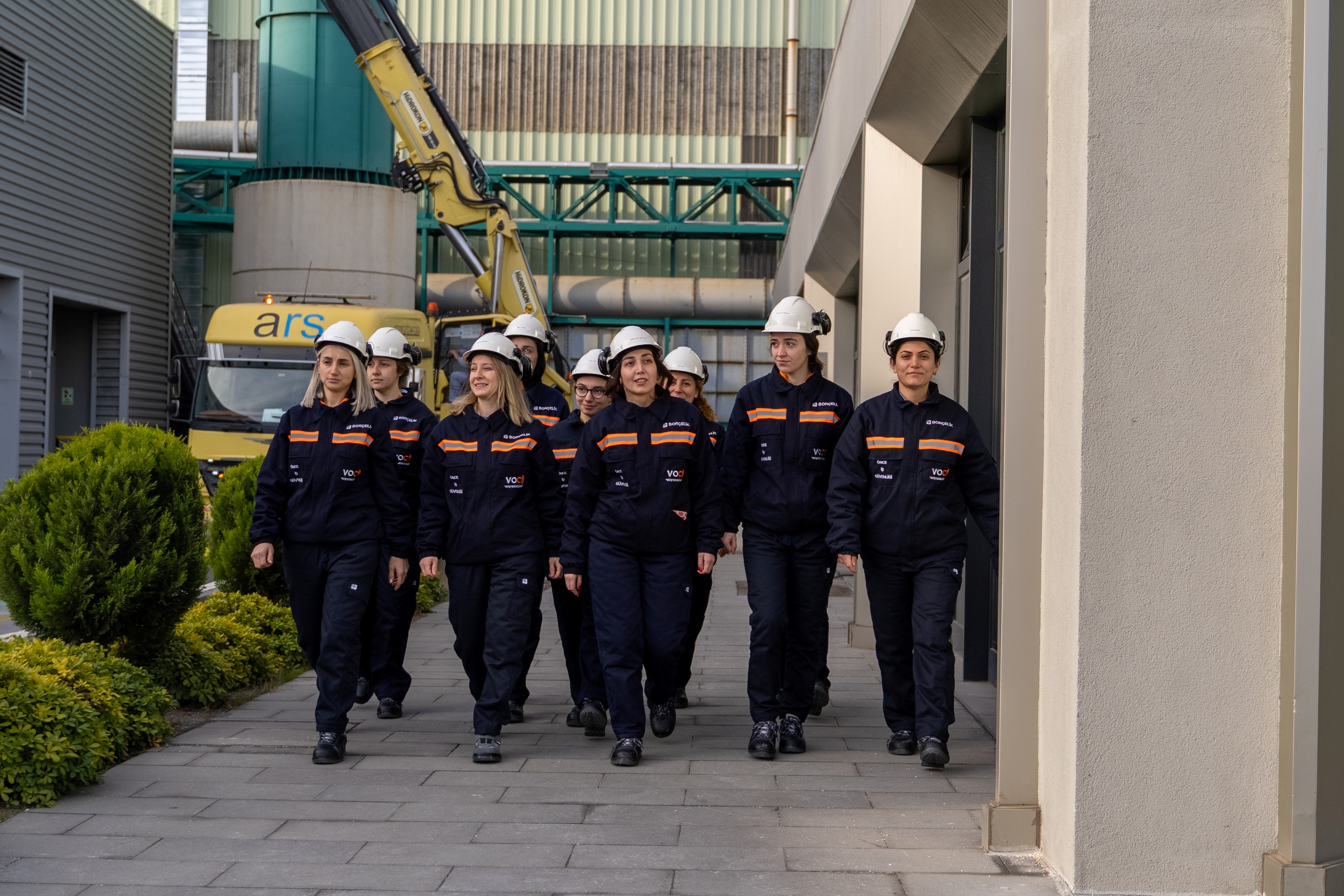
.png)
